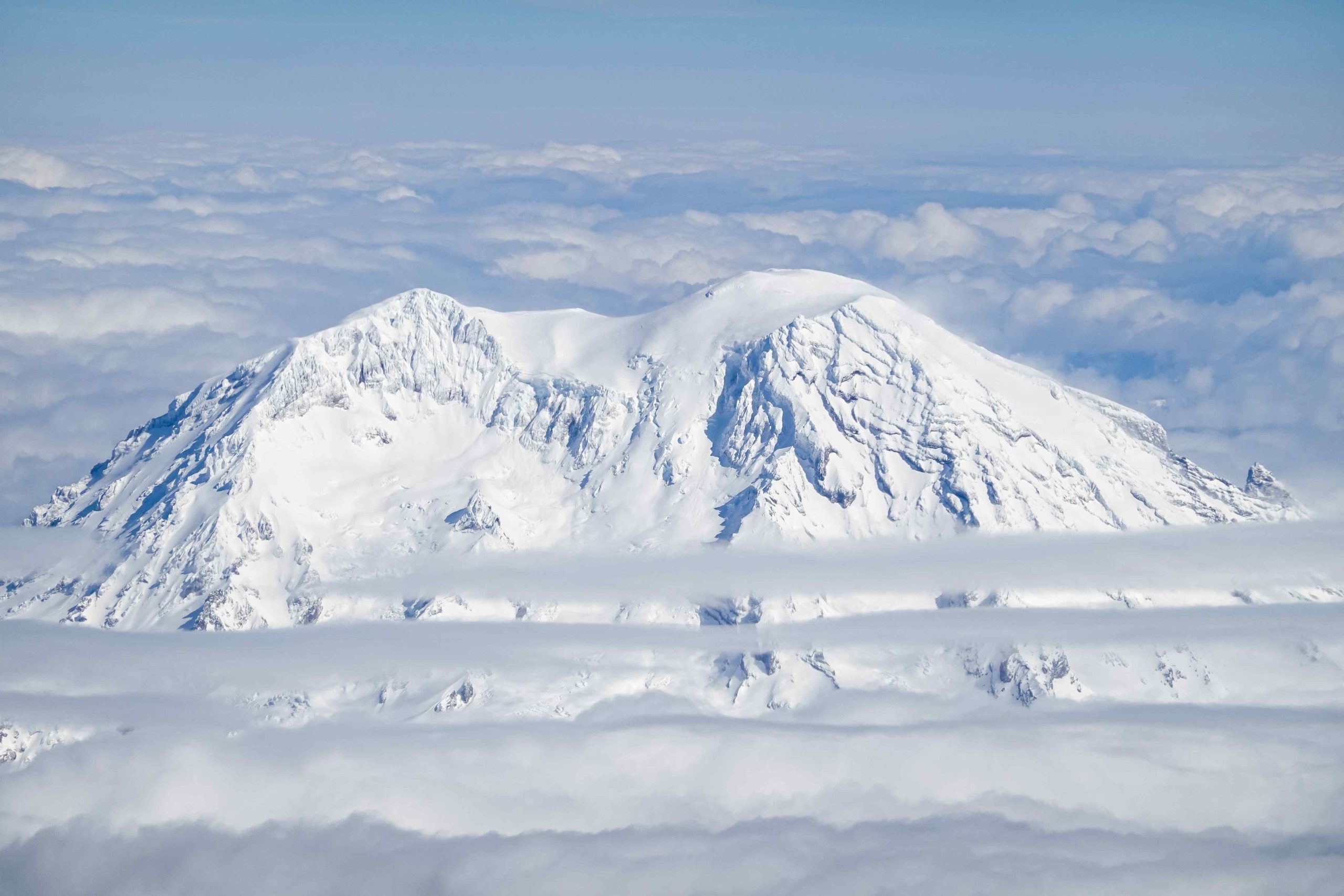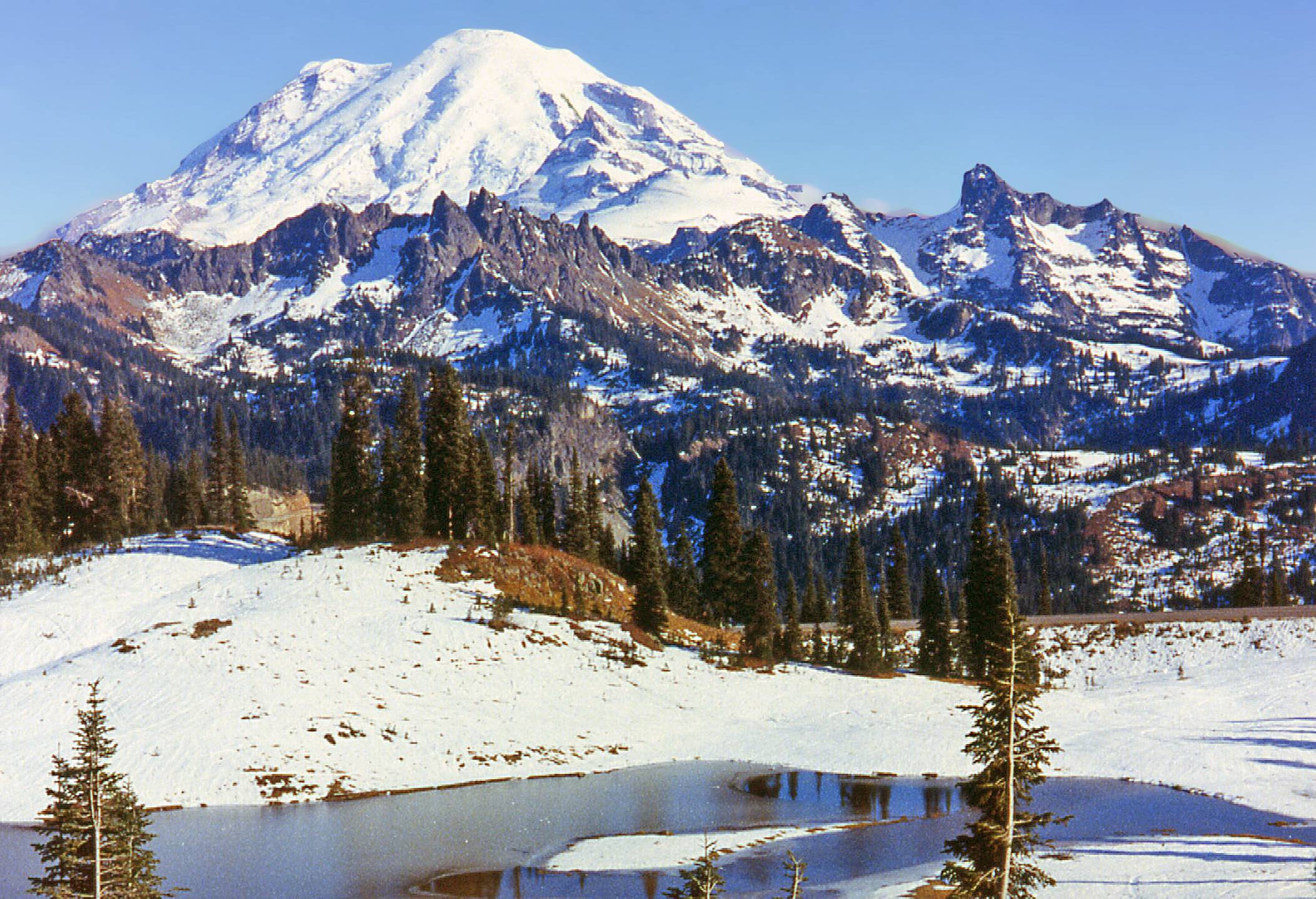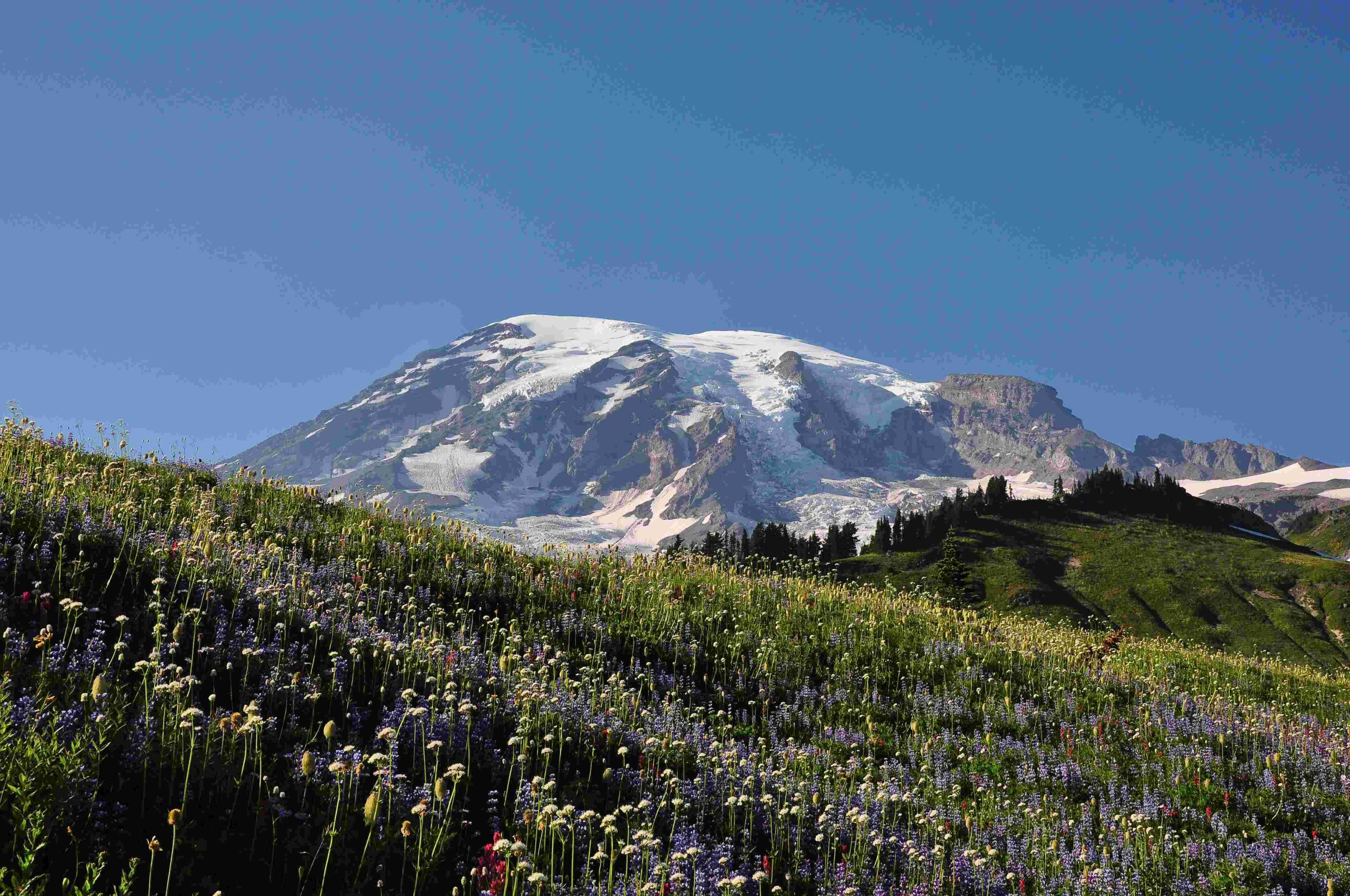A female skier went missing in Mount Rainier National Park on May 18, 2024. She was last heard from before setting out to ski tour above Paradise. The search began on May 19 when she failed to return. After an extensive search operation lasting nearly three weeks, her body was discovered on June 8 at the base of Pebble Creek’s Moraine Falls, indicating a fatal fall of approximately 200 feet.
What Were the Circumstances Surrounding Her Disappearance?

The woman, whose identity remains undisclosed, embarked on a solo ski tour above Paradise in Mount Rainier National Park on May 18. Her failure to return prompted a missing person report on May 19, initiating an immediate search operation by park rangers. The circumstances leading to her fall remain unclear, but the location of her body suggests a tragic accident while navigating the challenging terrain.
How Did the Search Operation Unfold?

The search for the missing woman was extensive and multi-faceted:
- Ground Teams:
- Two rangers searched Deadhorse Creek Basin, Panorama Face, and Alta Vista
-
Two climbing rangers from Camp Muir covered Nisqually and Paradise glaciers, Muir Snowfield, Pebble Creek, and Panorama Point
-
Aerial Support:
-
The park’s contract helicopter conducted reconnaissance flights
-
Volunteer Efforts:
- Two volunteers visually searched the Nisqually drainage
Despite these efforts, the search was hampered by challenging weather conditions and treacherous terrain.
What Challenges Did the Recovery Team Face?
The recovery of the woman’s body presented significant challenges:
- Location: The body was found at the base of Pebble Creek’s Moraine Falls
- Terrain: Surrounded by a large, unstable snow moat
- Risks: High potential for rock and ice fall
- Method: Required traditional crevasse rescue techniques
- Timing: Recovery only possible during a period of favorable weather
These factors combined to make the recovery operation both complex and dangerous for the rescue teams.
What Was the Timeline of Events?
| Date | Event |
|---|---|
| May 18 | Woman last heard from before ski tour |
| May 19 | Reported missing, search initiated |
| May 19 – June 7 | Ongoing search operations |
| June 8 | Body located and recovered |
| June 11 | National Park Service issues press release |
How Did Authorities Handle the Investigation?
The investigation into the woman’s disappearance and subsequent recovery involved multiple agencies:
- National Park Service:
- Coordinated search and recovery efforts
-
Issued official press releases
-
Pierce County Medical Examiner:
-
Involved in evaluating the body after recovery
-
Park Rangers:
- Led ground search teams
- Conducted aerial reconnaissance
While the exact cause of the accident remains undetermined, the investigation focused on recovering the body and understanding the circumstances of the fall.
What Safety Measures Are in Place for Skiers at Mount Rainier?
Mount Rainier National Park implements several safety measures for skiers:
- Mandatory check-ins for backcountry skiers
- Regular weather and avalanche condition updates
- Designated ski areas with marked boundaries
- Ranger-led safety briefings
- Emergency communication systems throughout the park
However, this incident highlights the inherent risks of backcountry skiing, even for experienced individuals.
How Can Future Incidents Be Prevented?
To prevent similar tragedies, the following measures could be considered:
- Enhanced Communication:
- Mandatory use of personal locator beacons for solo skiers
-
Regular check-in points along popular routes
-
Education:
- Expanded safety courses for backcountry skiers
-
Improved signage detailing area-specific risks
-
Technology:
- Implementation of AI-powered monitoring systems
-
Drone-assisted search capabilities for quicker responses
-
Policy:
- Stricter regulations for solo skiing in high-risk areas
- Increased ranger patrols during peak skiing seasons
What Impact Has This Incident Had on the Skiing Community?
The tragic loss of a fellow skier has resonated deeply within the skiing community:
- Increased awareness of backcountry skiing risks
- Calls for improved safety measures in national parks
- Discussions about the balance between adventure and safety
- Renewed focus on proper training and equipment for backcountry skiing
Many skiers have expressed solidarity with the victim’s family and praised the efforts of the search and rescue teams.
How Does This Compare to Other Incidents at Mount Rainier?
While Mount Rainier sees its share of accidents, this incident stands out:
- Duration: The nearly three-week search was unusually long
- Terrain: The location of the fall highlights the dangers of certain areas
- Season: Late spring conditions can be particularly treacherous
- Solo nature: Emphasizes the risks of skiing alone in backcountry areas
Compared to other incidents, this case underscores the importance of preparedness and the unpredictable nature of mountain environments.
What Resources Are Available for Skiers Planning Trips to Mount Rainier?
For those planning ski trips to Mount Rainier, several resources are available:
- Official Park Website:
- Up-to-date conditions and closures
-
Safety guidelines and regulations
-
Visitor Centers:
- In-person briefings and local knowledge
-
Equipment rentals and inspections
-
Guided Tours:
- Professional-led excursions for various skill levels
-
Safety training and equipment provided
-
Mobile Apps:
- GPS-enabled trail maps
-
Real-time weather and avalanche forecasts
-
Local Ski Clubs:
- Group trips and skill-sharing opportunities
- Community support and networking
By utilizing these resources, skiers can better prepare for the challenges of Mount Rainier and minimize risks.
References:
– National Park Service Press Release
– People.com Article
– Unofficial Networks Report

